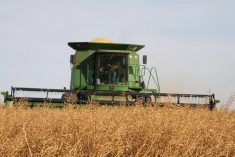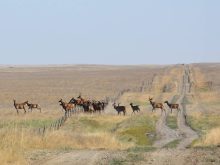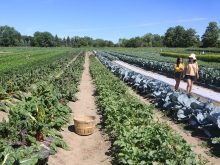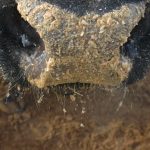In the county of Grande Prairie, Alta., chicken farmer
Marcel Mayer was looking for a way to handle and conserve nutrients from chicken manure. Another local business, Ainsworth Mill, was looking to make a useful byproduct from woodmill fines residue.
Together they are investigating a mixed compost that can be used as a soil enhancer.
“Processing plants use most of the woodmill residue produced for energy and heat, but there is some excess produced each year,” said John Zylstra, conservation co-ordinator with Alberta Agriculture in Fairview. “Mills are always looking for ways to use this excess and prevent the need to burn it.
Read Also

Canada told trade crisis solutions in its hands
Canadians and Canadian exporters need to accept that the old rules of trade are over, and open access to the U.S. market may also be over, says the chief financial correspondent for CTV News.
“Poultry producers would also like to get more value from the manure produced on their farms. Poultry manure has a high nutrient value with high availability of nitrogen. This joint project could be a single solution to two needs.”
The project is being carried out by the counties of Grande Prairie and Mayer, with assistance from Olds College, Alberta Agriculture and the Alberta Environmentally Sustainable Agriculture program.
“The project is designed to discover the nutrient retention and changes in composting when wood residues and poultry manure are mixed together. It will also answer questions pertaining to proper mixing ratio and the best management process for this type of composting.”
Once the compost is formed, further data will be collected. It is anticipated that the mixture will reduce weed growth after composting.
“Most of the nitrogen will likely be conserved because the starting carbon to nitrogen ratio is quite high,” Zylstra said. “The project will help establish how soon the nitrogen is available to the growing crop and what rate of application results in the best yield.”
Bonnie Clease of the county of Grande Prairie is working with several application rates using soil test and compost analysis.
A follow-up will take place this fall.
















